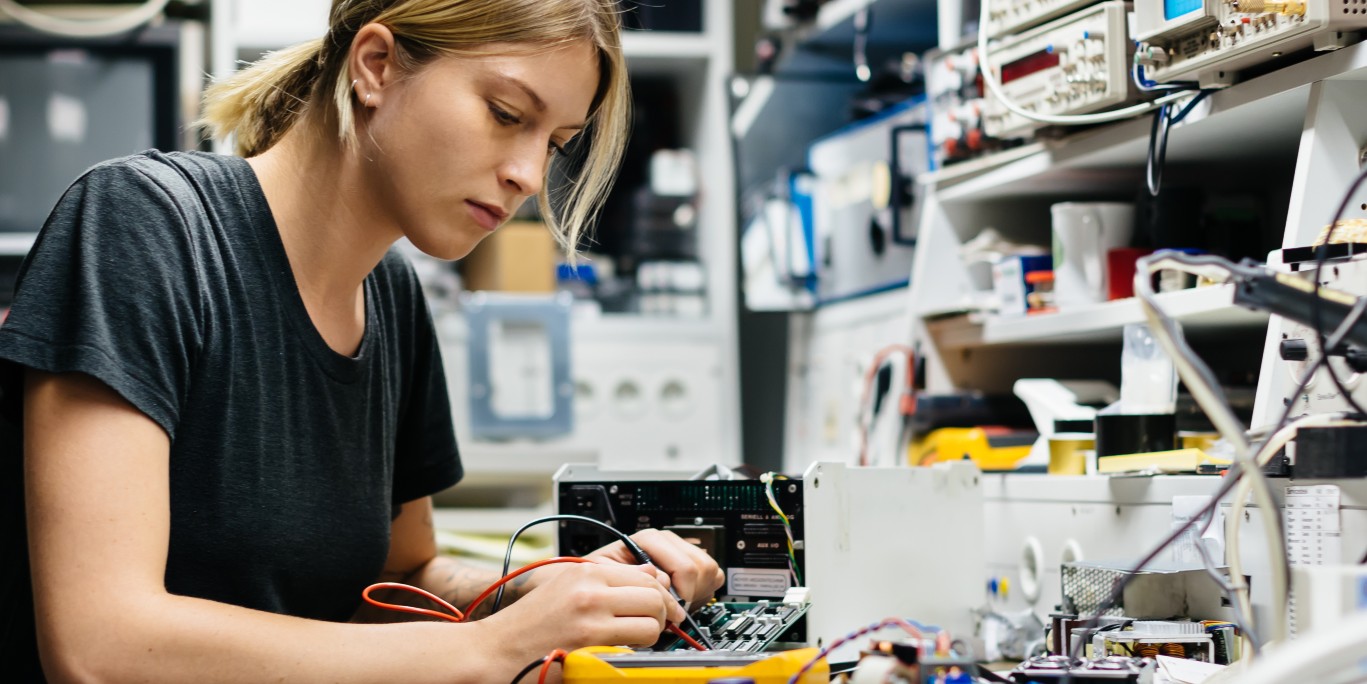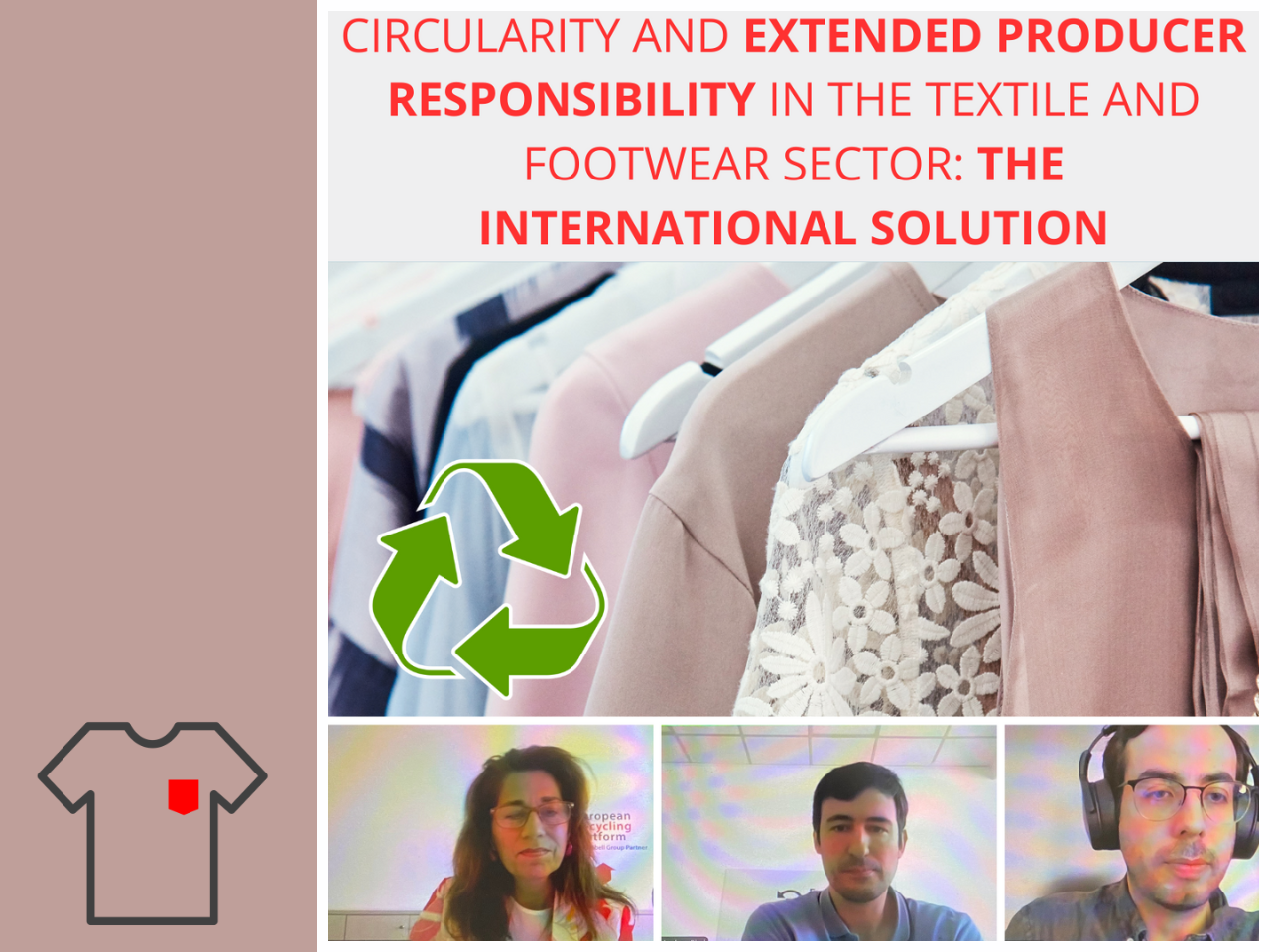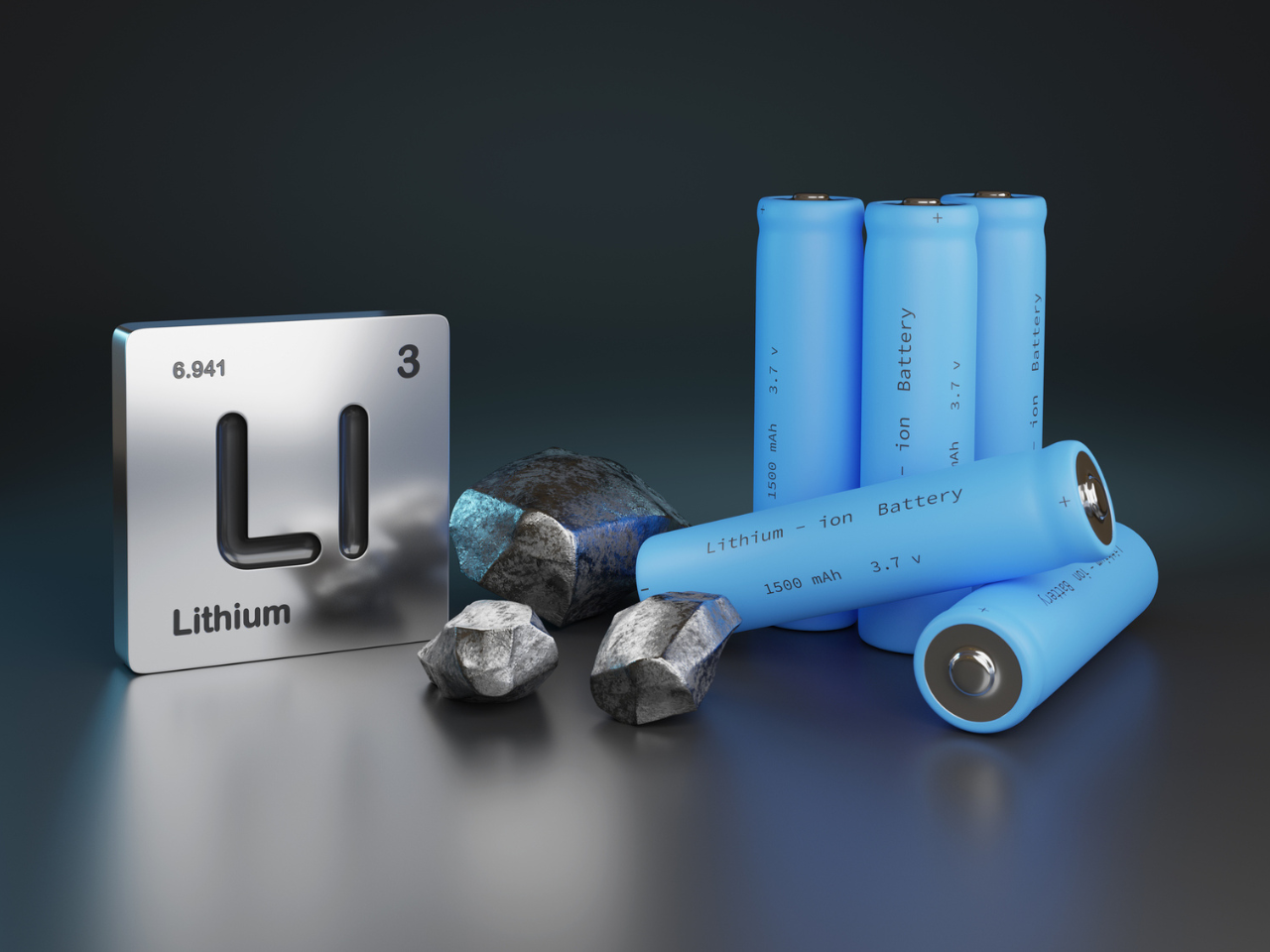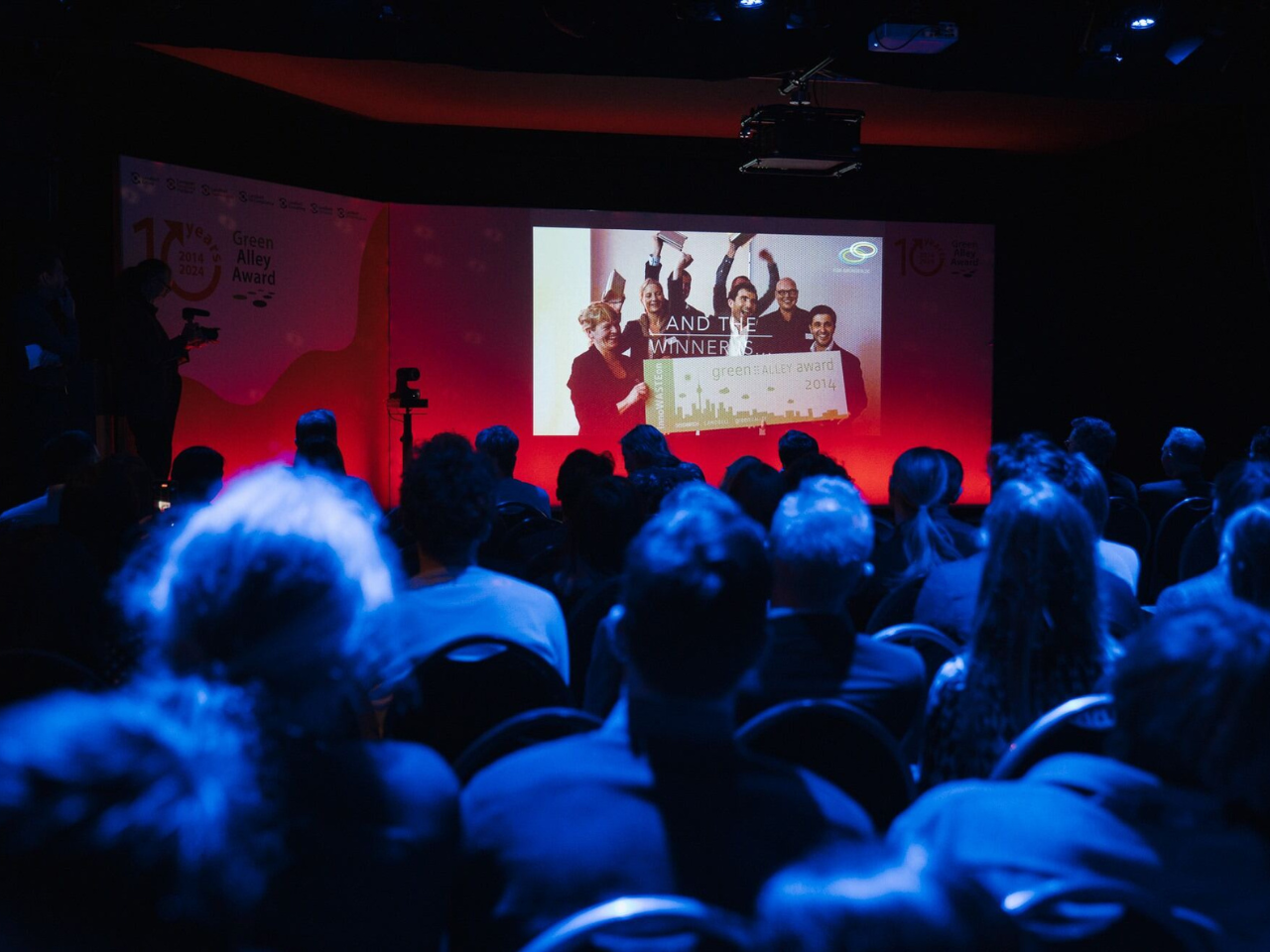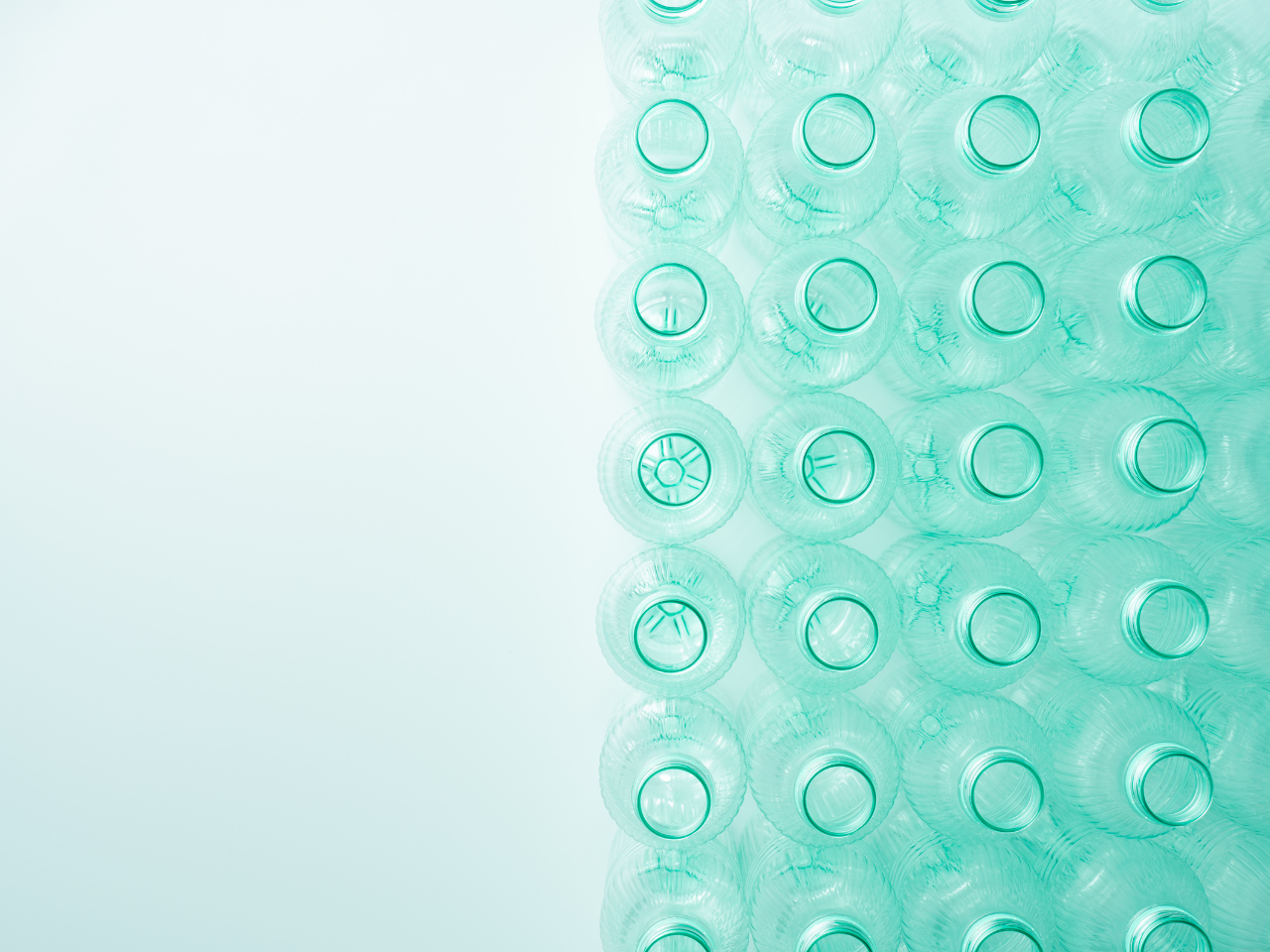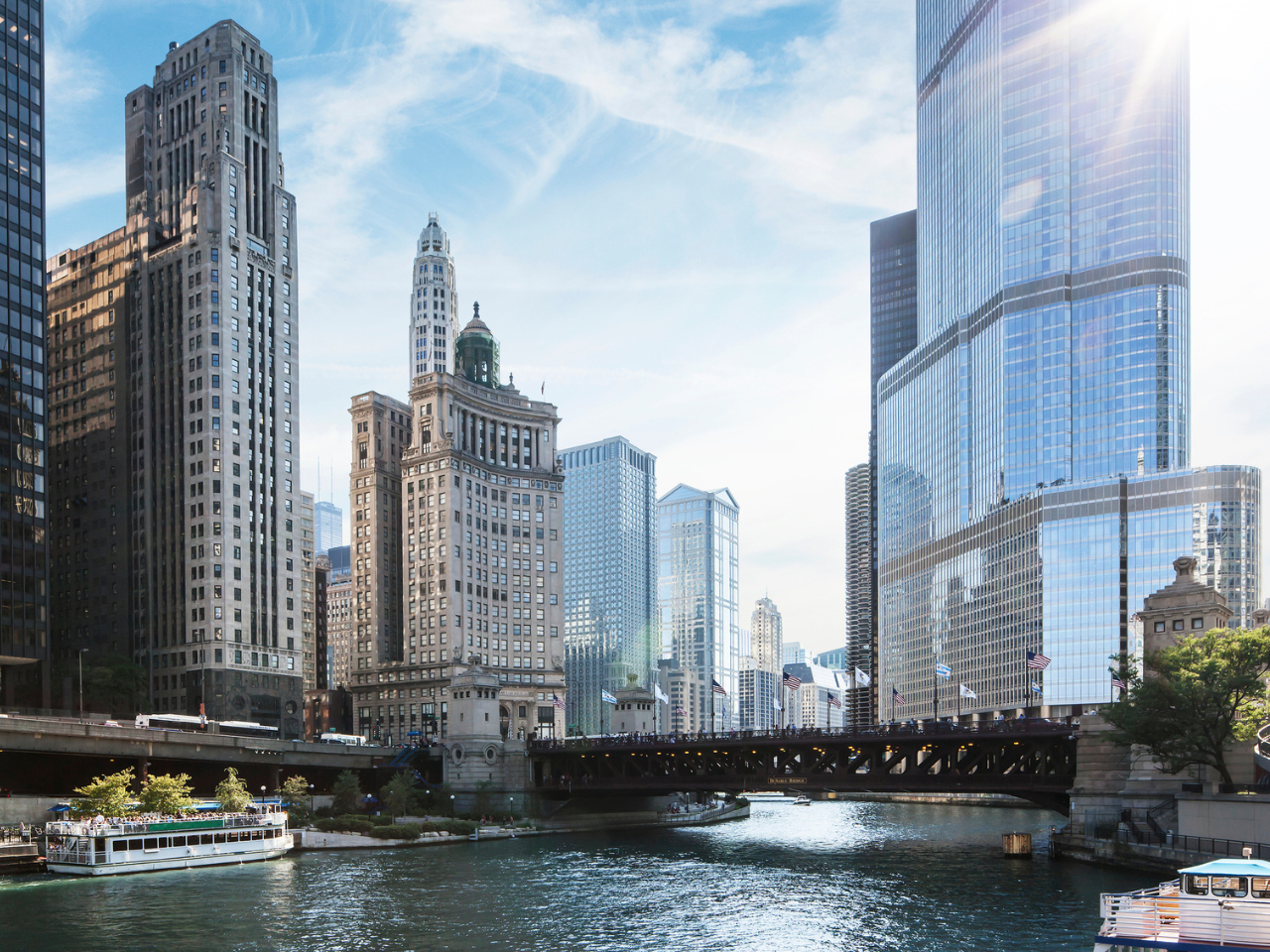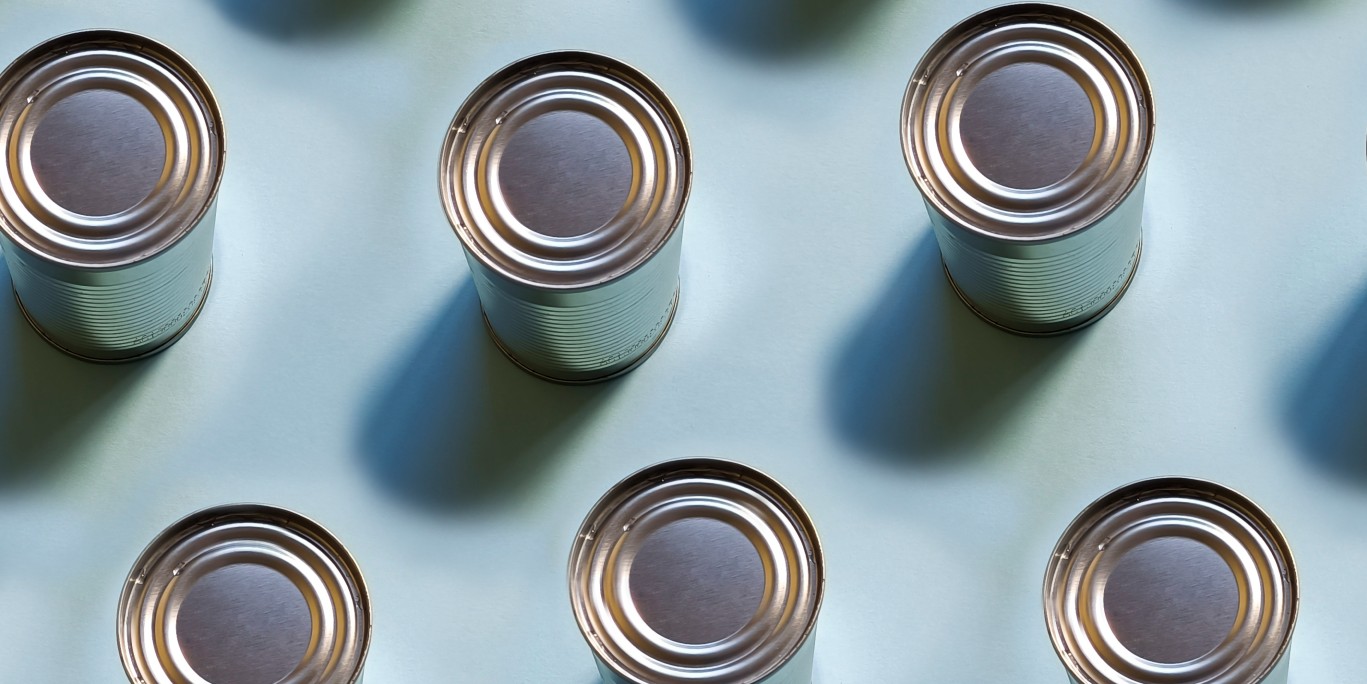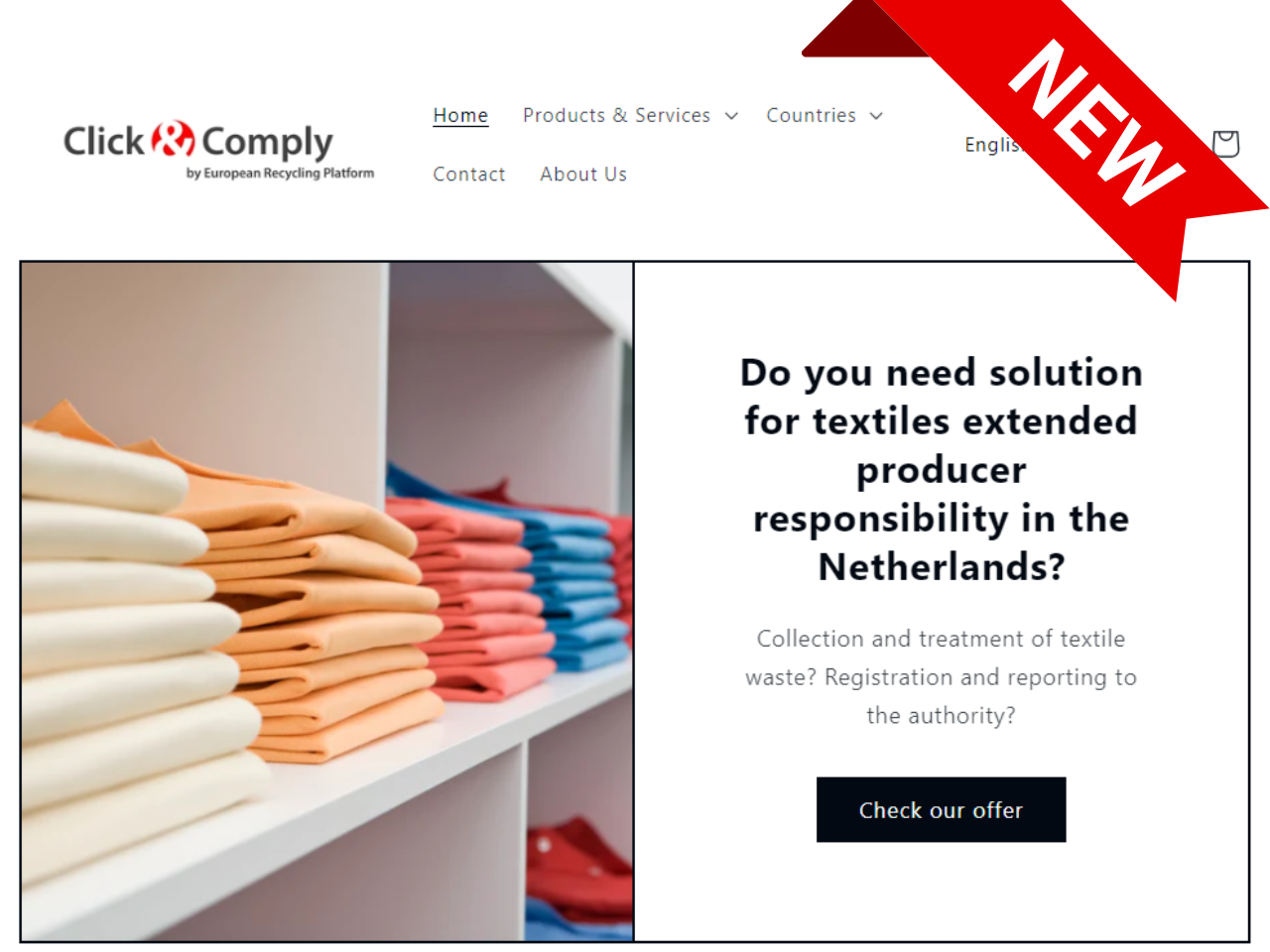Next step towards the circular economy
We are inseparable from our electrical devices that have become faster and more efficient but, unfortunately, they are not unbreakable. When they break down, often they cannot be repaired, or the repair is more expensive than replacing them with a new device.
So, we buy new equipment, and the old one becomes waste.
This waste, of course, can be processed, and its raw materials recovered. However, this does not help the planet – as we buy a new device, we consume energy and, consequently, increase greenhouse gas emissions contributing to irreversible climate change.
In our pursuit of sustainable development, we should minimize the negative effects of harming the environment through rational consumer behaviour, which is possible when the consumer is given a choice.
This choice was made possible thanks to the initiative announced by the European Commission on the ‘right to repair’, which supports the objectives of the European Green Deal by reducing the generation of waste and achieving the goal of developing the circular economy.
The right to repair requires producers to design their products for repair, thus giving the consumer more opportunities to repair broken equipment instead of buying a new one.
Products could be repaired within the legal guarantee. Or consumers have easier and cheaper options to repair products that are technically repairable because spare parts are available even when the legal guarantee has expired or when the product is not functional anymore.
With Landbell Group’s Knowledge Database – part of its regulatory tracking service portfolio – you can stay up to date with the progress of right to repair legislation globally. Find out more here.
Sign up for our monthly
report COMPASS here:
Your email
